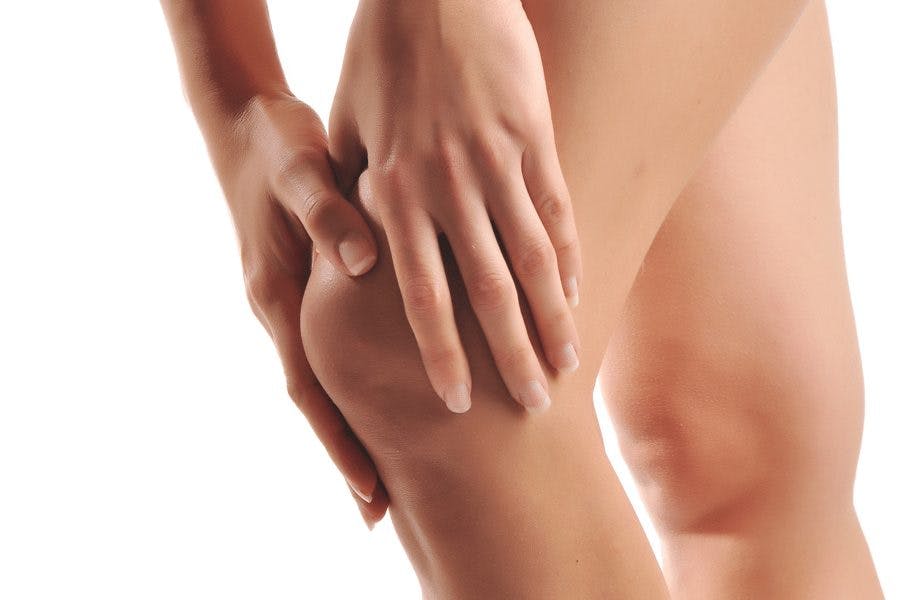
April 9, 2024
The Health Benefits of Stress Management
- Behavioral Health
March 14, 2018 | Orthopedics

There are many health benefits to exercise, but it’s important to remember that exercise also presents a risk of joint injury, whether acute or the result of long-term wear and tear. In order to prevent joint injuries, there are several things you can do before, during and after your workout.
Common Causes of Joint Injuries During Exercise
There are several reasons why a joint injury might occur during exercise:
Tips to Protect Your Joints During Your Workout
Warm up your joints before exercising and cool down your joints afterwards. It’s important to heat up the joints through movement, as cold joints have greater difficulty absorbing shock and impact, while warm ones are more receptive.
Cooling down slowly brings your heart rate back to a normal resting range. This helps limit any blood pooling in your extremities. In addition, stretching after exercise helps keep the joints mobile.
Wearing the wrong equipment can increase your risk of joint injury, particularly the wrong footwear. Different kinds of athletic shoes are designed for different sports and exercises—make sure you’re using the proper shoes for your activities, and consult footwear professionals at a store if you’re unsure.
Another common way people injure their joints during exercise is through improper technique. This can be an issue of positioning or improper equipment use, or it could be something like attempting a brand new machine or exercise without knowing how to do it properly. If you’re concerned about technique, particularly at the gym or on exercise machines, consider a personal trainer or a gym employee who can help you with proper form and technique.
Some people may only enjoy one or two specific exercises, and while it’s good to emphasize workouts you can get enjoyment out of, try not to narrow your options. Continuously working the same joints over and over again will put too much strain on them, and can lead to increased risk of injuries. Try to perform exercise activities that target different areas.
Joint injury is more common during high-impact activities, which include any exercises in which your body impacts the ground with force. These kinds of exercises put more stress on both joints and bones. Form is even more important for these kinds of exercises, and if they’re causing you joint pain, consider switching to lower-impact exercises.
Rest is vital for avoiding joint injuries and it’s important to take occasional days off—at least one to two per week in most cases.
Many of us are highly motivated when we start a new program, and it’s easy to overextend ourselves in our enthusiasm. But this kind of thing can lead to joint pain and injury from the body’s inability to adapt to the new routine, meaning you have to take your time and provide your body with proper rest when you’re starting something new.
Your doctor can offer further recommendations on exercise precautions to keep the joints healthy.
I treat people of all ages in my practice—kids, athletes, adults and retirees––and enjoy being able to understand people’s unique situations in order to help them recover.
Source:
“Protecting Your Joints During Exercise.” SparkPeople.com. http://www.sparkpeople.com/resource/fitness_articles.asp?id=1842

WRITTEN BY:
Michael Carlson, MD


April 9, 2024

March 22, 2024

February 12, 2024

February 6, 2024
This information is not intended to replace the advice of a medical professional. You should always consult your doctor before making decisions about your health.